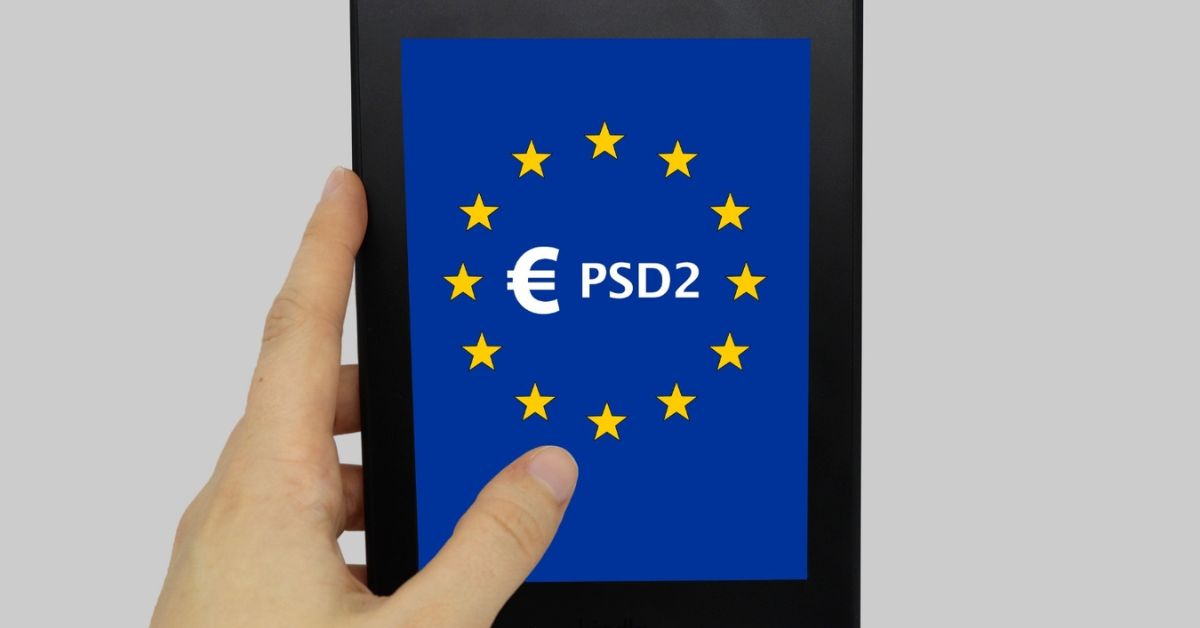Introduction
In the intricate web of the global economy, exchange rates play a crucial role, acting as a pivotal link between national economies and the international trade market. This blog delves into the complex relationship between exchange rates and global trade, exploring how fluctuations in currency values can have far-reaching impacts on economies, businesses, and consumers worldwide.
The Role of Exchange Rates in Global Trade
Exchange rates, influenced by factors like interest rates, inflation, and political stability, determine the price of one currency for another, impacting a country’s competitiveness and import costs in global trade.
The Impact on Exports and Imports
A weaker domestic currency boosts export competitiveness, stimulating economic growth, while a stronger currency reduces export competitiveness, potentially reducing job creation and income generation in export-oriented industries.
On the import side, a stronger domestic currency lowers the cost of importing goods and services, benefiting consumers and businesses that rely on foreign inputs. However, cheaper imports can also pose challenges to domestic producers by increasing competition from foreign products. A weaker currency, while boosting exports, makes imports more expensive, which can lead to inflationary pressures if the country relies heavily on imported goods.
Exchange Rate Volatility and Business Planning
Volatility in exchange rates can create uncertainty for businesses engaged in international trade. Companies that export or import goods and services face exchange rate risk, which can affect pricing, profitability, and strategic decision-making. To manage this risk, businesses often use various hedging strategies, such as forward contracts and options, to lock in exchange rates and protect against unfavorable movements.
The Influence on Trade Balances
Exchange rates can significantly influence a country’s trade balance—the difference between its exports and imports. A depreciating currency can improve a country’s trade balance by making exports cheaper and imports more expensive, while an appreciating currency can have the opposite effect. However, the relationship is not always straightforward due to the price elasticity of demand for exports and imports and other factors, such as global economic conditions.
Exchange Rates and Economic Policy
Governments and central banks may intervene in the Forex market to influence their currency’s value in pursuit of economic objectives. For example, a country may devalue its currency to boost exports and improve its trade balance, while risking higher inflation rates. Alternatively, a country might seek to strengthen its currency to combat inflation, even if it means making its exports less competitive.
Globalization and Exchange Rate Dynamics
The globalization of trade and finance has intensified the interconnectedness of exchange rates and global trade. Economic policies and events in one country can have ripple effects across the globe, influencing exchange rates and trade flows in complex and sometimes unpredictable ways.
Conclusion
The dynamic relationship between exchange rates and global trade is crucial for policymakers, businesses, and investors, as it shapes trade contours and underscores the need for strategic foresight and sound economic management in an interconnected world.
#ExchangeRates #GlobalTrade #ForexMarket #EconomicPolicy #InternationalBusiness #CurrencyVolatility #TradeBalance #GlobalEconomy #ImportExport #FinancialMarkets #EconomicGrowth #MarketDynamics



